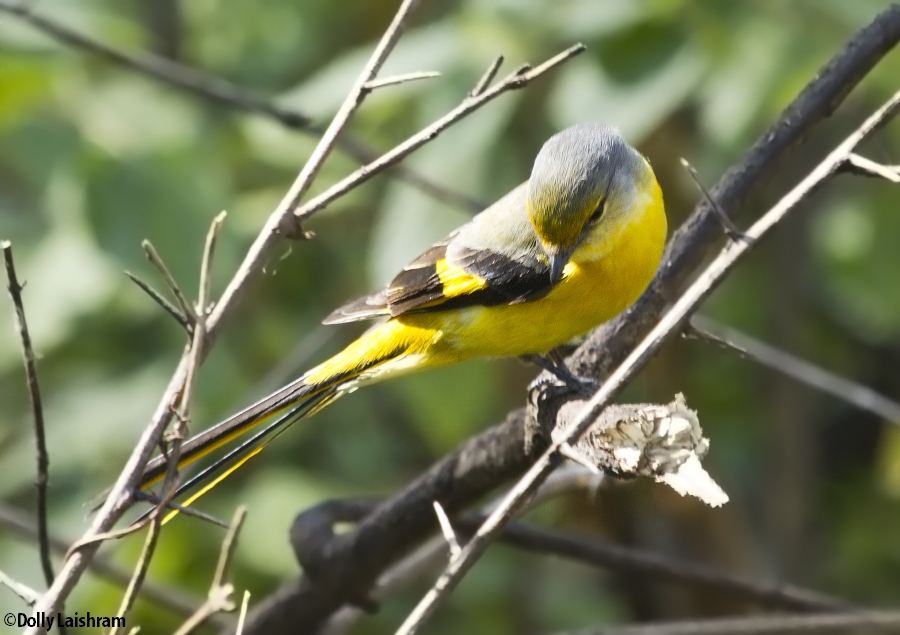The Red Munia, Red Avadavat or Strawberry Finch (Amandava amandava) is a sparrow-sized bird of the Munia family. It is found in the open fields and grasslands of tropical Asia and is popular as a cage bird due to the colourful plumage of the males in their breeding season. It breeds in South Asia during theMonsoon season. The species name of amandava and the common name of avadavat are derived from the city of Ahmedabad in Gujarat from where these birds were exported into the pet trade in former times
This small finch is easily identified by the rounded black tail and the bill that is red in all seasons. The rump is red and the breeding male is red on most of the upper parts except for a black eye-stripe, lower belly and wings. There are white spots on the red body and wing feathers. The non-breeding male is duller but has the red-rump while the female is duller with less of the white spotting on the feathers



